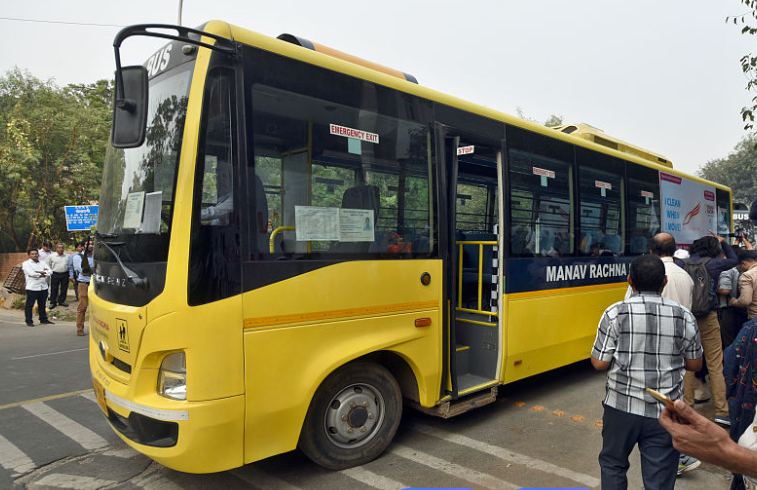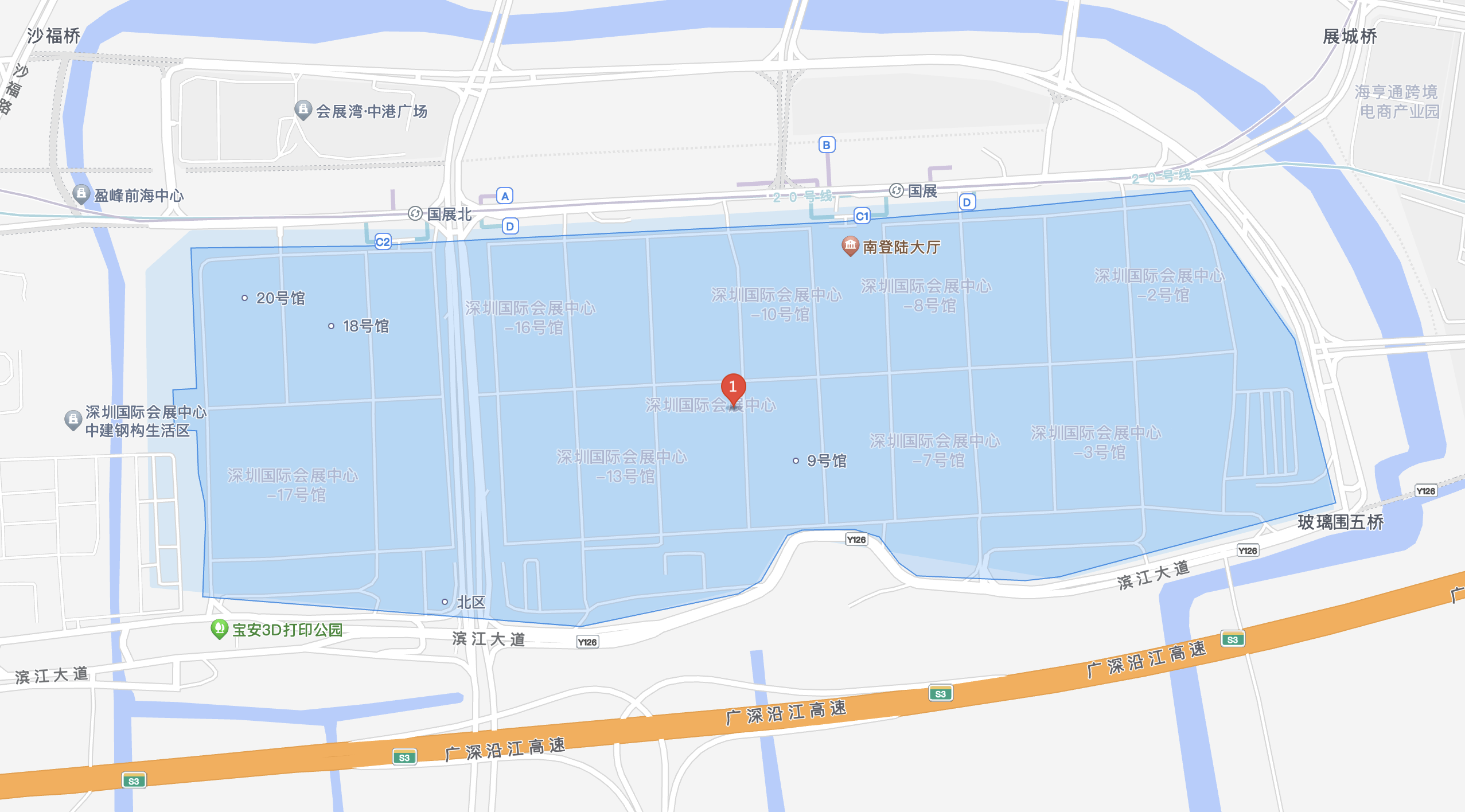To further ensure the safety of students' travel nationwide, India will launch a nationwide RFID school bus tracking system. This system integrates advanced technologies to achieve real-time monitoring and precise management of school buses, marking the first time India has adopted a unified national electronic system to track school bus movements.

Led by the Bureau of Indian Standards under the Ministry of Consumer Affairs, the system's core highlight lies in the deep integration of multiple technologies. It integrates RFID readers, GPS positioning devices, GSM communication modules, and IP-based cameras, automatically recording the precise times students board and alight from the bus. This crucial data is then synchronized in real-time with school administrators and parents through a dedicated digital platform, allowing both parties to stay informed about their children's whereabouts.
This initiative is based on clear practical needs and reference points. According to the 2024-25 economic survey data, India currently has 248 million students enrolled in 1.47 million schools, making the task of ensuring student travel safety extremely challenging. Countries such as the United States, China, and Singapore have widely adopted similar RFID and GPS school bus tracking systems with significant success in improving student travel safety, providing India with valuable international experience. Currently, some private and high-end schools in major Indian cities such as Delhi, Mumbai, Bangalore, and Hyderabad have already implemented GSM or GPS-based tracking systems. The implementation of this national standard will promote the unification and standardization of such systems across the national education sector, further enhancing overall security.
As a crucial application of IoT technology in education security, this standardized intelligent transportation system not only enables real-time tracking of school buses but also creates a closed-loop security system through data management. In the future, with the full implementation of this system, the safety of Indian students traveling to and from school will be more effectively guaranteed, adding a significant safeguard to the safe operation of the national education system.
How the RFID School Bus Tracking System Works
The core of the RFID school bus tracking system is the collaboration between radio frequency identification (RFID) technology and data transmission networks to achieve fully visualized management of school bus journeys and student boarding and alighting status. The system is based on RFID tags. These small tags are integrated into student school cards or directly installed on school buses. Each tag carries a unique identification code corresponding to the student's personal information or the school bus's unique number, essentially acting as an "electronic ID card."
RFID readers will be installed at school bus doors, school entrances and exits, and key points along the route. When a student approaches the reader with their school card, the device quickly reads the tag information, automatically recording the student's ID, boarding time, and school bus number, completing the boarding check-in. Upon alighting, the student similarly swipes their card to check out, and the reader simultaneously records the alighting time and location. School buses will also be equipped with GPS-enabled readers, which continuously scan tags inside the bus to confirm student presence and collect real-time location data.
This collected identity information, boarding/alighting records, and location data will be uploaded in real-time to a cloud management platform via 4G/5G or Wi-Fi networks. School administrators and parents can log in to the platform via computer client or mobile app to view the school bus's real-time location, route, and the list of students on board and their boarding/alighting details. If any abnormalities occur, such as students boarding/alighting without swiping their cards, the school bus deviating from the preset route, or speeding, the system will immediately trigger an alert and send notifications to relevant personnel via SMS or the app, ensuring student safety.
In what other ways can RFID contribute to smart campuses?
RFID technology can also contribute to smart campuses in several core scenarios, including identity management, asset management, and teaching services, significantly improving campus operational efficiency and convenience. Specifically:
Campus Identity Authentication and Access Management: RFID tags can be integrated into student ID cards, replacing traditional access cards, library cards, and other multiple documents. Students and faculty can quickly pass through access control systems at school gates, teaching buildings, dormitories, libraries, etc., by swiping their cards. The system automatically records entry and exit times, enabling precise access control. For visitors, temporary RFID visitor cards can be issued, limiting activity areas and validity periods. These cards can be collected or remotely deactivated after use, improving campus security management.
Intelligent Teaching and Attendance: In the classroom, teachers can automatically record student attendance using RFID readers at classroom doors. Data is synchronized to the teaching management system in real time, eliminating the need for manual roll call and saving class time. In experimental classes or practical training scenarios, when students use experimental equipment, RFID tags record the usage information. Upon return, the system automatically verifies the integrity of the equipment to prevent loss or damage. Simultaneously, the system can track equipment usage frequency, providing data support for the allocation of teaching resources. Campus Asset Management and Traceability: RFID tags can be affixed to campus assets such as computers, projectors, laboratory equipment, and books, enabling rapid inventory and location tracking. Administrators can use handheld or fixed readers to read asset information in batches, eliminating the need for item-by-item verification and significantly improving inventory efficiency. If assets are moved or taken out of designated areas without authorization, the system can trigger an alert. The usage records stored on the tags facilitate tracing asset movement and reducing asset loss.
Campus Life Service Optimization: In the cafeteria, students can pay directly with their RFID student ID cards, eliminating the need for cash or mobile phones. This fast and convenient payment process avoids queues and congestion. In dormitory management, in addition to access control, RFID can record student late arrivals and absences, automatically reminding dormitory staff. It can also be linked to water and electricity usage data for automatic billing and inquiry. Furthermore, in campus parking lots, RFID can be used for automatic vehicle identification, allowing faculty and staff vehicles to enter and exit quickly without manual registration.


















